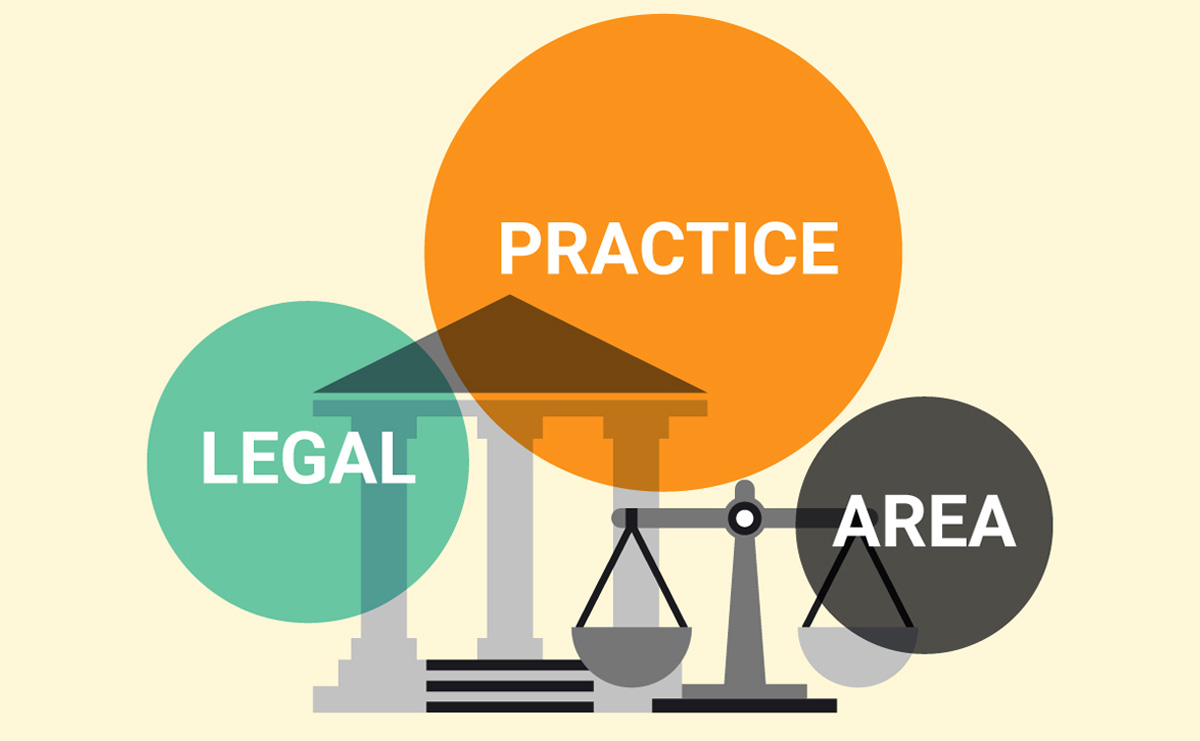Washington DC Courts | Legal Forms – Form 1C
Form 1C – Verified Complaint for Possession of Real Property (Nonpayment of Rent and Other Grounds for Eviction – Residential Property) – Washington DC
Form 1C – Verified Complaint for Possession of Real Property (Nonpayment of Rent and Other Grounds for Eviction – Residential Property) is used in the Superior Court of the District of Columbia, Civil Division – Landlord and Tenant Branch, to file a verified complaint for possession of real property due to nonpayment of rent or other grounds for eviction. Form 1C ensures the proper legal process is followed for landlords seeking to regain possession of their property due to nonpayment of rent or other lease violations.
This guide will help you complete the form correctly as follows:
Sections
- Plaintiff and Defendant Information
- Case Number: Leave this blank; the court will assign a number.
- Plaintiff(s): Enter your full name (or the landlord’s name if you are an attorney or agent).
- Defendant(s): Enter the tenant’s full name.
- Addresses: Provide complete street addresses (no P.O. boxes) for both plaintiff and defendant.
- City, State, Zip Code: Fill in the city, state, and zip code for both parties.
- Phone Number: Enter contact phone numbers for both parties.
- Email Address: Provide email addresses for both parties.
- Basis for Complaint
- Verification: Enter your name and select your relationship to the plaintiff (landlord, attorney, or agent). If you are an agent, explain your relationship and title if applicable.
- Plaintiff’s Status: Check the appropriate box indicating if the plaintiff is the landlord/owner, personal representative of the estate, or other (explain if other).
- Property Registration: Check if the property is registered with the Rental Accommodations Division and provide the registration or exemption number.
- Business License: Indicate if the plaintiff has a current Basic Business License for the property. Provide the license number, active date, and expiration date, or explain if there is no license.
- Pending Cases: Indicate if there are other landlord-tenant cases pending against the defendant and provide details if applicable.
- Nonpayment of Rent
- Rent Details: Specify the total amount of rent due, the duration (month/year to month/year), the monthly rent, and any additional fees defined as rent. Ensure the total amount due is at least $600.
- Nonpayment Notice: Attach a copy of the written Nonpayment of Rent Notice and Declaration of Service of the Notice.
- Notice to Quit (Violations of Obligations of Tenancy)
- Notice Details: Indicate if the complaint is based on violations of tenancy obligations. Attach the Notice to Vacate, Notice to Correct or Vacate, or Notice to Quit, and provide details of the violations.
- Violation Details: Specify the paragraph numbers or provisions of the lease or housing code violated, describe the conduct, and indicate if the conduct poses a significant danger.
- Other Grounds for Eviction
- Other Reasons: Explain any other reasons for seeking possession not covered in the previous sections, such as maintaining a drug haven.
- Notice to Quit: Indicate if a Notice to Quit has been served and attach a copy if applicable.
- Subsidized Rent Information
- Subsidy Details: Provide details if the rent is subsidized, including the tenant’s portion, the subsidy program’s portion, and any issues with subsidy payments.
- Relief Requested
- Judgment Types: Check the types of judgments you are seeking, such as possession of the property, a money judgment for unpaid rent and fees, and a protective order for future rent payments into the court registry.
- Certification
- Verification: Sign and date the form in front of a notary public. The notary will also sign and date the form. Provide your title if applicable.
Additional Notes
- Ensure all attachments (lease portions, notices, declarations) are included as required.
- Double-check all information for accuracy and completeness before submitting the form.
- If you did not receive the “Summons to Appear in Court” and “Initial Hearing Notice and Instructions,” contact the Landlord-Tenant Clerk’s Office at 202-879-4879.
Translation Services
- For translation assistance, call (202) 879-4828.
Following these instructions will help ensure that your Form 1C is filled out accurately and completely, facilitating a smooth legal process for your complaint.
Disclaimer: This guide is provided for informational purposes only and is not intended as legal advice. You should consult the Residential Tenancies Act or a legal professional.




